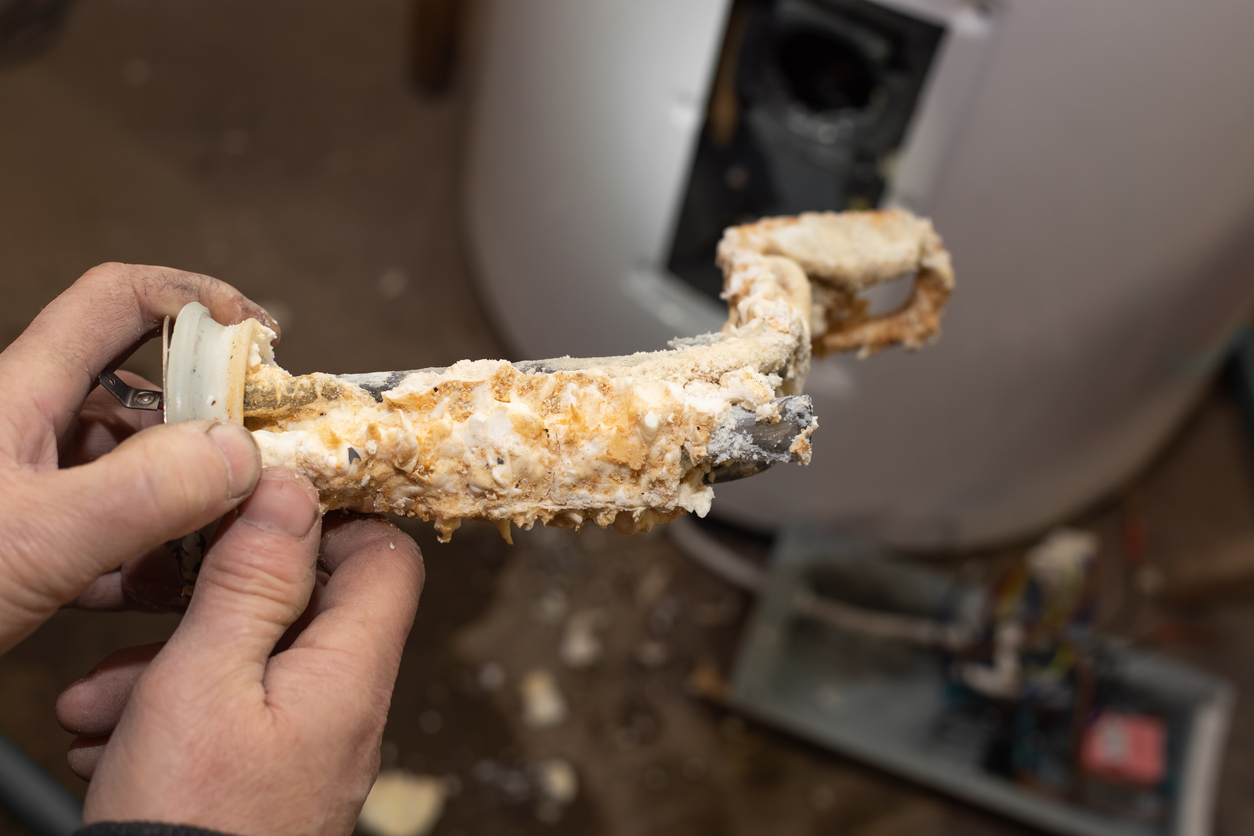Call or Text
801-438-4793What’s in Your Water? A Look at Water Quality
March 10, 2014
We all take clean drinking water for granted at times. In the developed world, we expect the water that comes out of the tap to be clean and potable, but while municipal water is safe for consumption, there are still numerous chemicals and contaminants that make it through the filtration and purification process at the local water treatment facility. While many chemicals and contaminants are not hazardous to human health in small quantities, there is still growing concern about long term health risks from exposure to many contaminants found in drinking water supplies–especially in larger amounts.
Water Treatment & Chemical Content
While the source of the water may be clean and all water goes through a treatment process, water must still travel through a number of pipes before it leaves the tap and you consume it. This means that along the way the water picks up various contaminants that can affect the quality of the water. What’s more, many water delivery systems are very outdated and may further contaminate drinking water. To better understand the chemical contents of your water, here is a look at some of the contaminants and chemicals found in and used to treat your water.
Treated water is called such because it is treated with a number of chemical additives. These may include: chlorine, calcium hydroxide, fluorosilicic acid, aluminum sulfate, and sodium silicofluoride. These chemicals are added to kill harmful bacteria and microorganisms on a large scale. Water may also contain traces of toxic metal salts, pesticides, nitrates, and other harmful pathogens affecting the water as it passes through pipes. A lot of tap water also contains traces of metal salts such as: arsenic, radium, lead, mercury, copper, and aluminum. In high enough quantities and for long term exposure, these metals are harmful to health.
Testing and Purifying Tap Water
Testing your tap water and taking steps to further purify it of many of the contaminants will improve the taste of the water and make it safer for consumption. A good way to test the water is by using a Total Dissolved Solids meter. This will provide the TDS in parts per million as an indication of water purity. Water which contains a TDS of over 500 parts per million is generally not fit for consumption. Typically, tap water contains between 150 and 420 ppm.
One of the most effective ways to purify your tap water is to install a reverse osmosis system. These systems can remove most harmful contaminants through a semipermeable membrane that catches all components larger than a water molecule and allows everything smaller to pass through. This process enables a large quantity of contaminants to be trapped and the resulting water to be cleaner. If you want a less involved purification method, you can always install a water filter system on the tap to help purify the water a little more–though not nearly as well as a reverse osmosis system. Monitor reports from your municipal water provider about drinking water contents and take measures to further purify the water you consume.
Recent News

Do You Need a Water Softener? How to Tell & How You Benefit
May 29, 2025

Get Your Air Conditioner Ready for the Summer with Superior Water & Air
April 21, 2025

Why You Need the Air Ducts Cleaned in Your Home: Benefits & More
April 3, 2025

How to Determine Water Hardness & Treat Effectively
February 25, 2025

How to Save On Your Heating Bill During Winter
February 10, 2025

Cost Savings with Proper HVAC and Plumbing Systems in Winter
December 9, 2024
